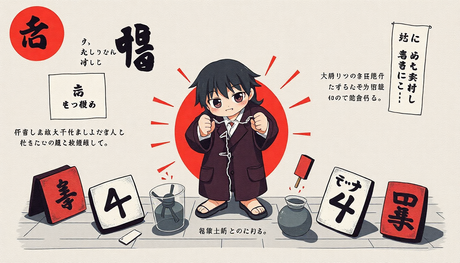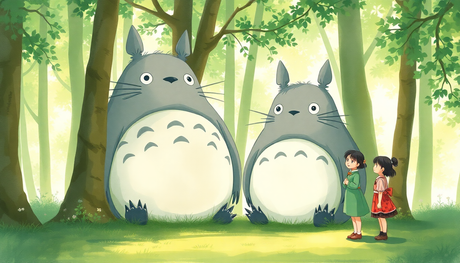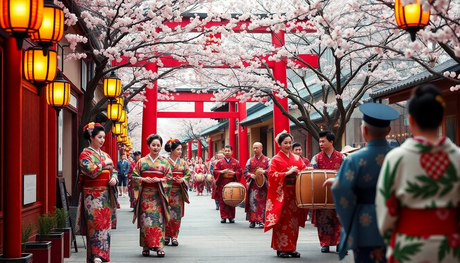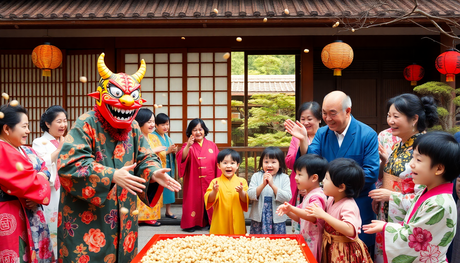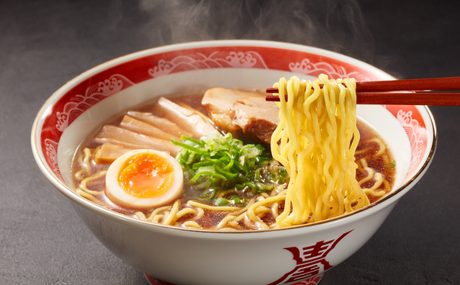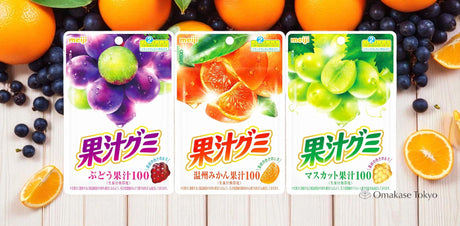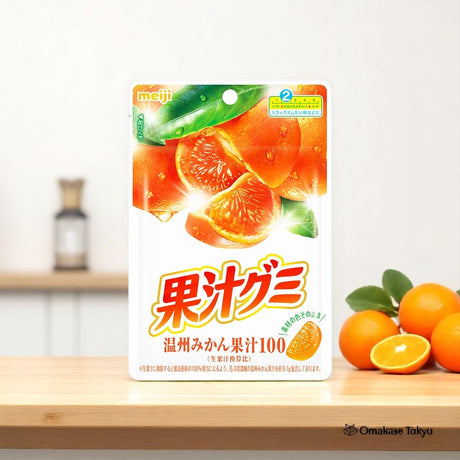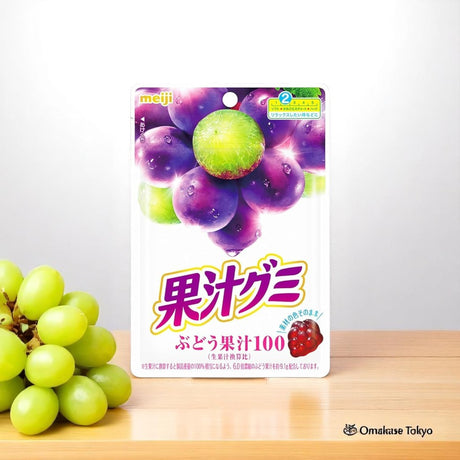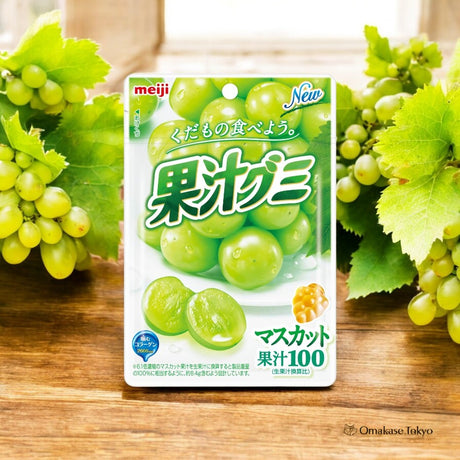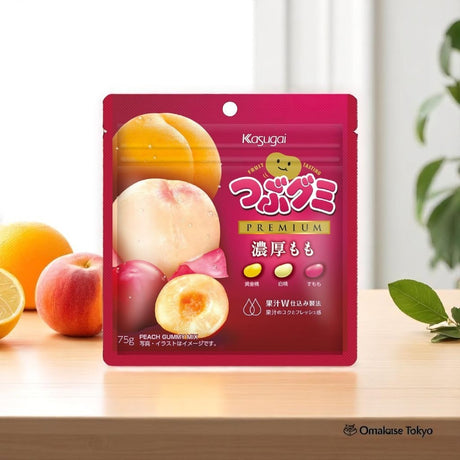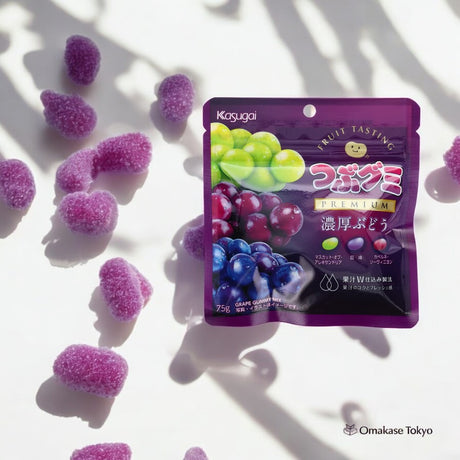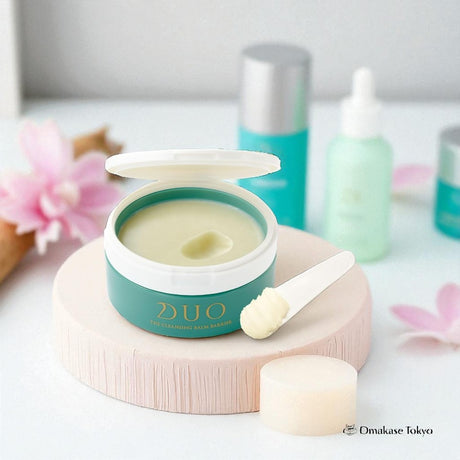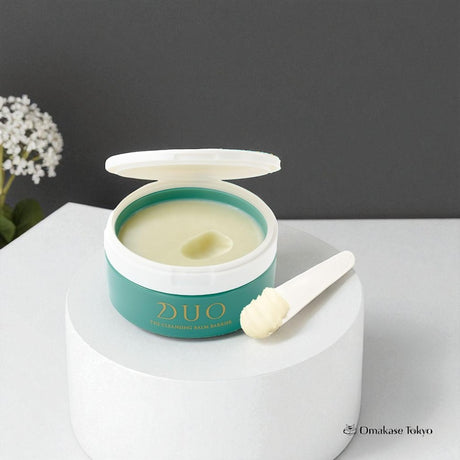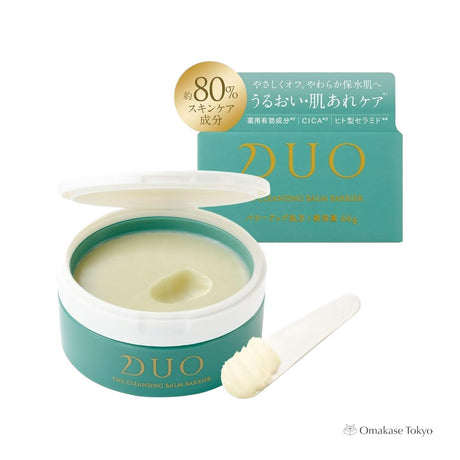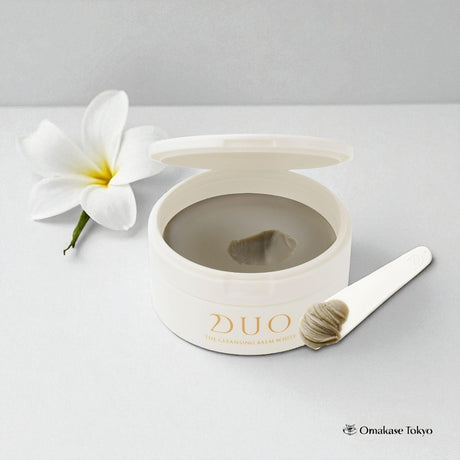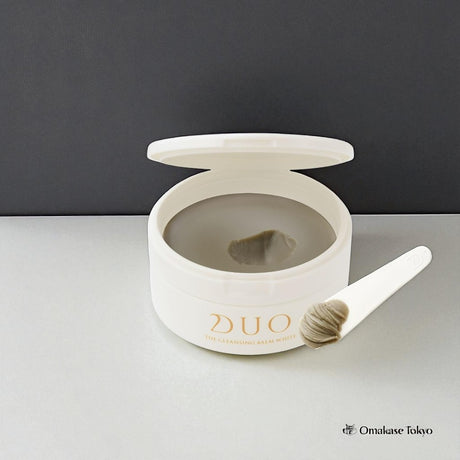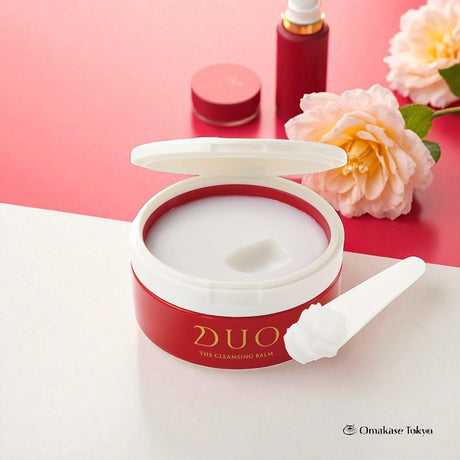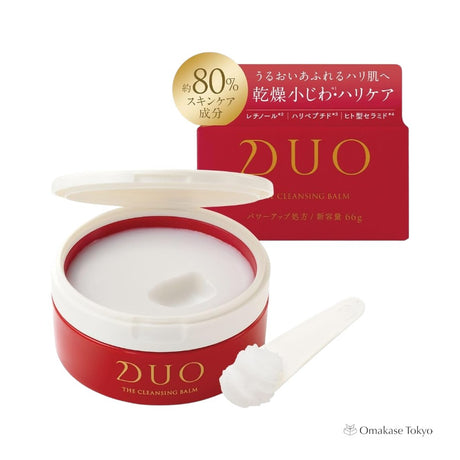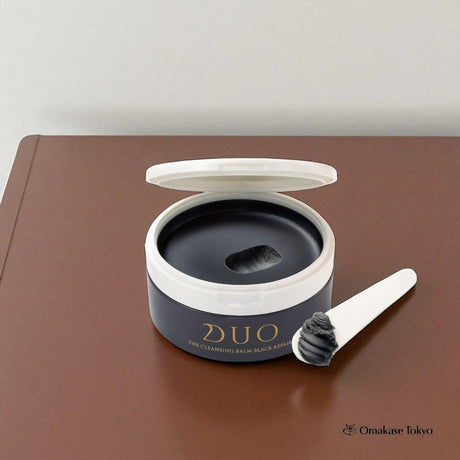If you've ever been to Japan or have Japanese friends, you've probably noticed something kind of adorable — Japanese people always bring a little something when they visit someone’s home. Whether it's a box of perfectly wrapped sweets or a regional snack from their trip, there’s almost always a gift involved. But why is that?
Let’s dive into this heartwarming part of Japanese culture and talk about why bringing a gift is basically second nature in Japan. (And honestly, it makes you want to be this thoughtful too.)
It’s All About Thoughtfulness and Respect
In Japan, gift-giving isn't just about the gift. It's about showing appreciation, respect, and gratitude. When someone invites you into their home, it’s seen as a big deal — like, you’re being welcomed into their personal space. So bringing a small gift, known as 手土産 (temiyage), is a way to say, “Thank you for having me.”
It’s kind of like saying, “Hey, I know this is your time and effort, so here's something to show I care.”
The Unwritten Rule of Japanese Hospitality
Japanese culture runs deep with social harmony (wa) and unspoken etiquette. There’s this understanding that whenever someone does something kind for you — like cooking you dinner or letting you stay over — you give back in some way. And in many cases, that “give back” is a small, thoughtful gift.
Showing up empty-handed? Kind of awkward in Japan. Even if your host says “don’t worry about it,” the polite move is still to bring something. It doesn’t have to be fancy or expensive — just thoughtful.
What Kinds of Gifts Do People Bring?
This is where it gets super fun. Japanese people are really into packaging and presentation. So even if it’s just a box of cookies or seasonal fruit, it’s usually beautifully wrapped. Here are some popular picks for temiyage:
- Wagashi (Japanese sweets) – especially if it’s from your hometown
- Regional snacks – called omiyage, often brought from travel
- High-quality fruit – like those perfectly round apples or juicy peaches
- Traditional tea or sake
- Cute baked goods or Western-style treats
The gift doesn’t have to be big — but it should look nice and feel special.
It's Not Just for Friends and Family
In Japan, this habit goes beyond personal visits. People also bring gifts when:
- Visiting someone in the hospital
- Meeting a significant other’s parents
- Returning from a trip (yes, even coworkers expect something!)
- Visiting a teacher or mentor
There’s even a word for gifts you bring back from a trip: お土産 (omiyage). It's such a big deal that train stations and airports are packed with omiyage shops selling region-specific goodies. Think: matcha-flavored Kit Kats from Kyoto or Hokkaido milk caramels.
It’s Not About the Price Tag — It’s About the Heart
One thing I really love about this tradition is that it’s not about how much you spend. A simple box of local sweets is more than enough. What really matters is the thought behind it.
It’s a quiet, beautiful way of saying:
- “I was thinking of you.”
- “Thank you for your kindness.”
- “I appreciate your time and effort.”
Honestly? It’s a practice that makes everyday moments feel a little more meaningful.
Should You Bring a Gift When Visiting a Japanese Home?
Yes, definitely. If you’re ever invited to someone’s home in Japan, or even if you’re just visiting a Japanese friend in another country, bringing a small gift is a lovely (and expected) gesture. It doesn't have to be traditional — anything thoughtful will do!
Some good options include:
- Local treats from your city or country
- Tea or coffee
- A candle or small home item
- Something cute or handmade
Just remember to present it nicely — a little wrapping paper or a gift bag goes a long way.
Final Thoughts: A Tradition That Makes the World a Bit Kinder
In a world where everything moves so fast, I think we could all take a page from the Japanese book of hospitality. This simple act of bringing a gift reminds us to slow down, appreciate others, and show up with kindness.
So next time you visit a friend’s house — Japanese or not — maybe bring a little something. You’d be surprised how much it means.
It’s not just a gift. It’s a warm “thank you” wrapped in tradition.


